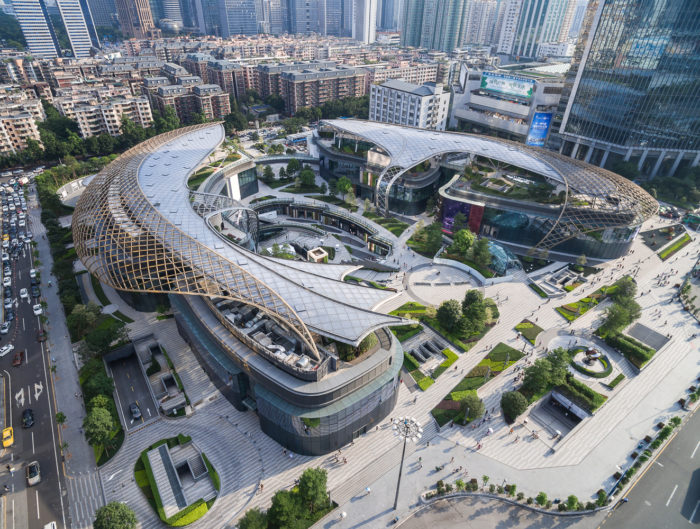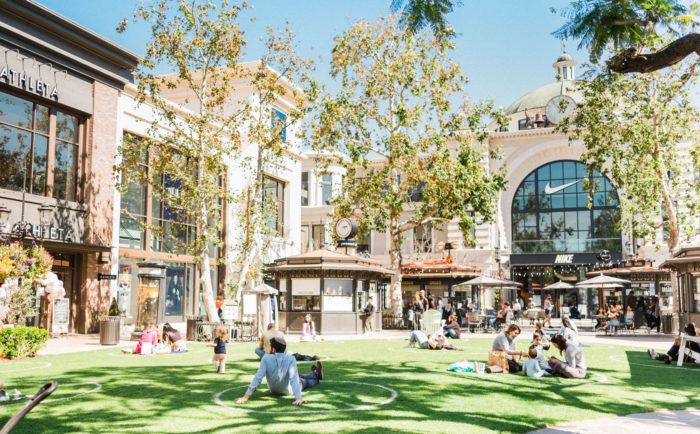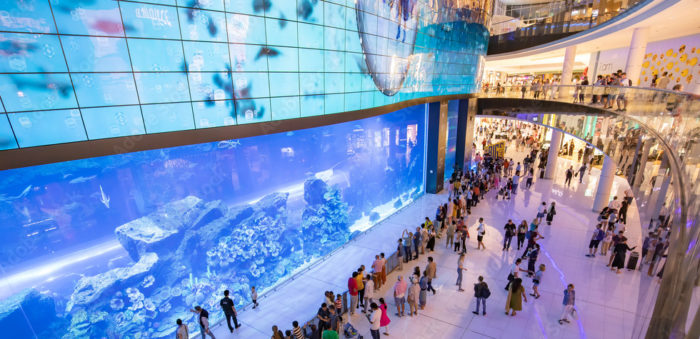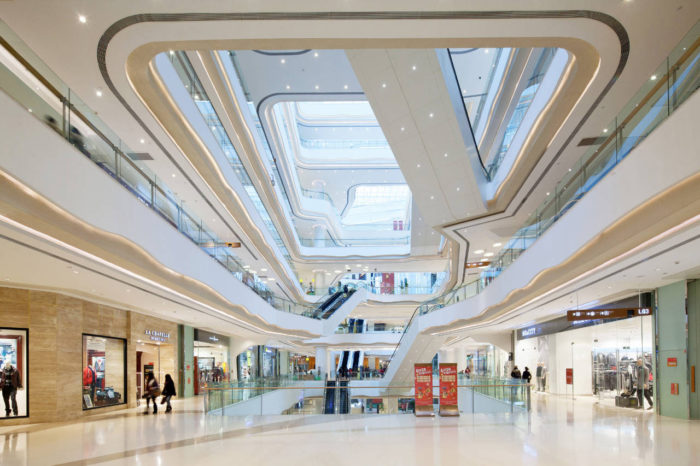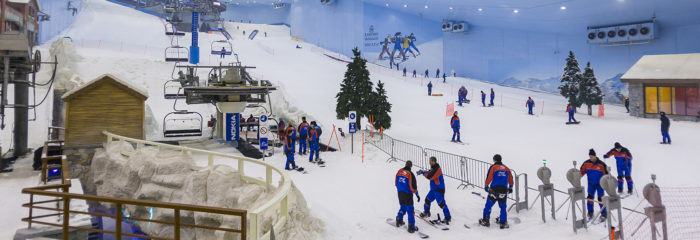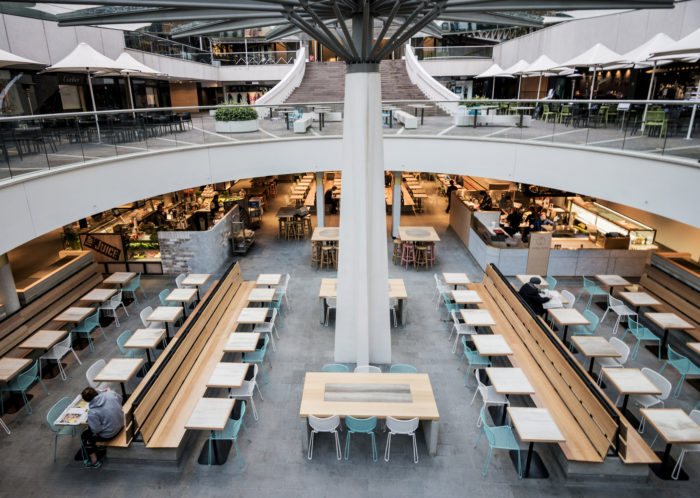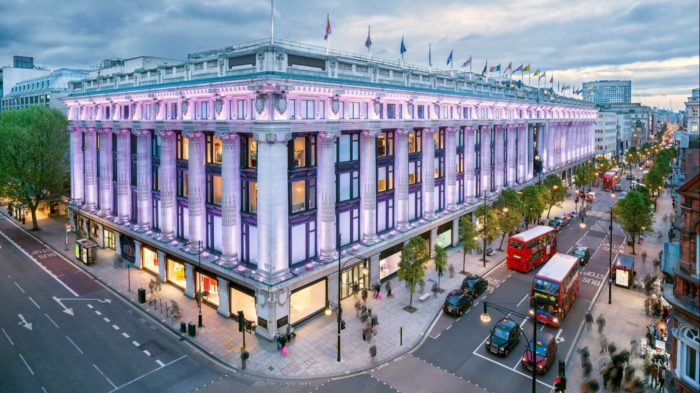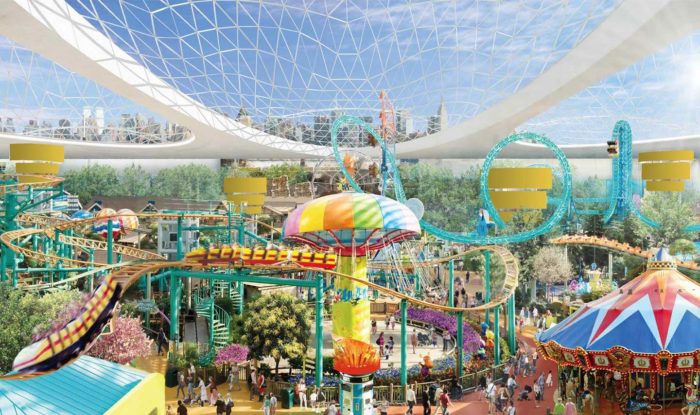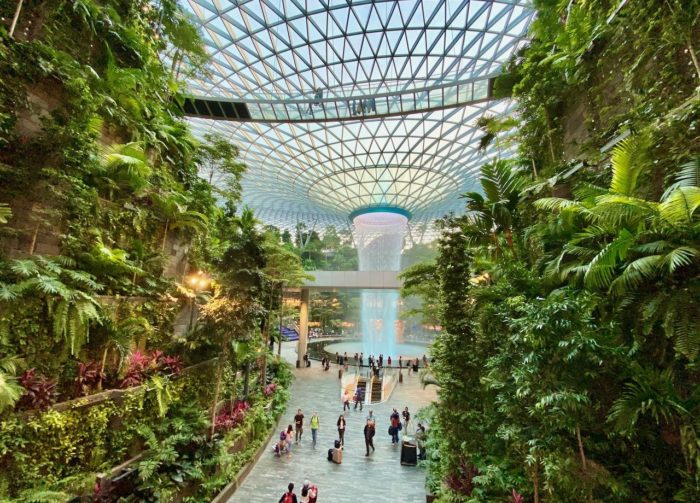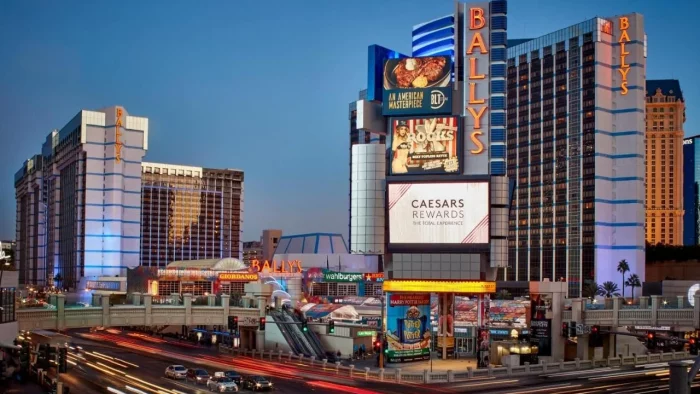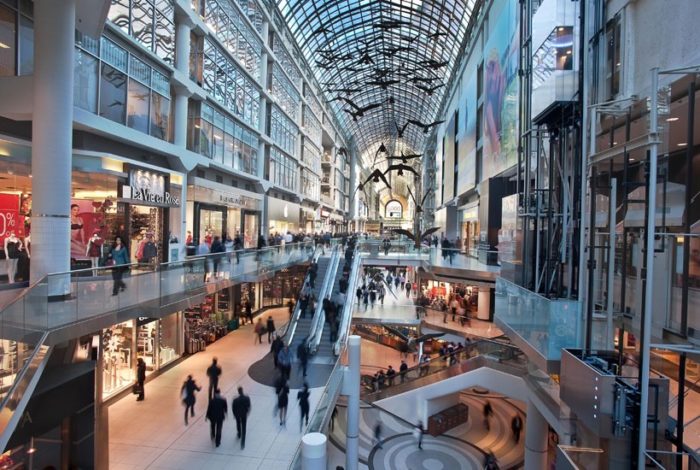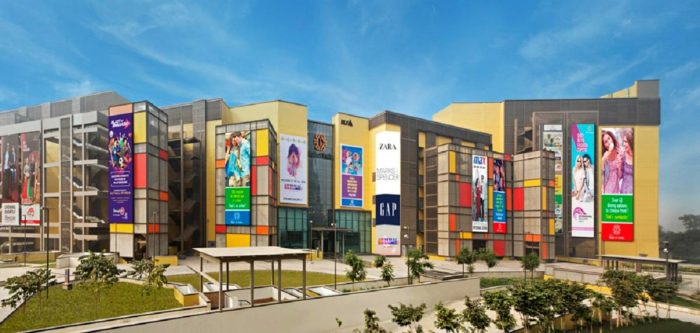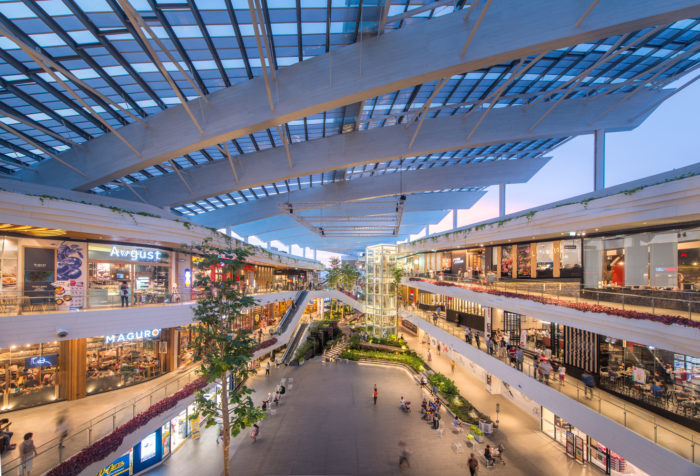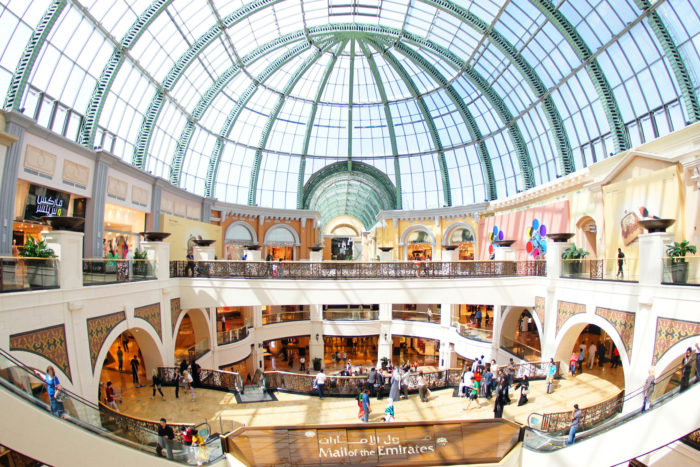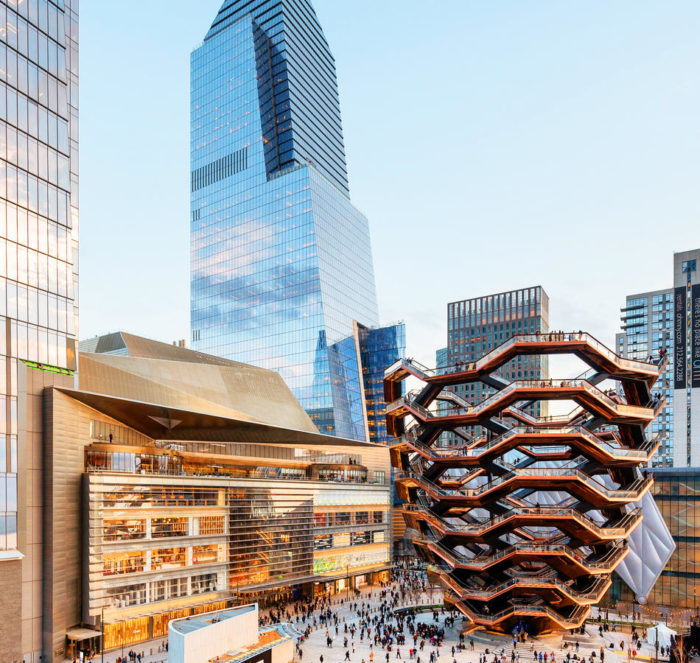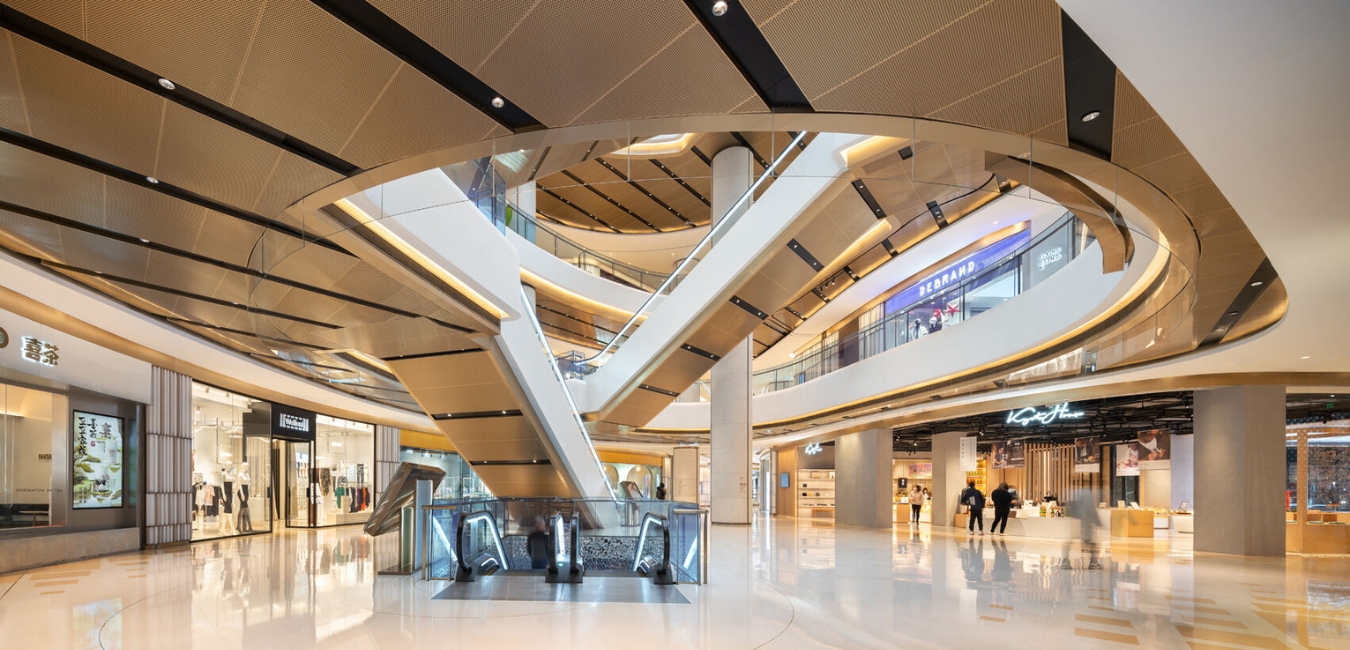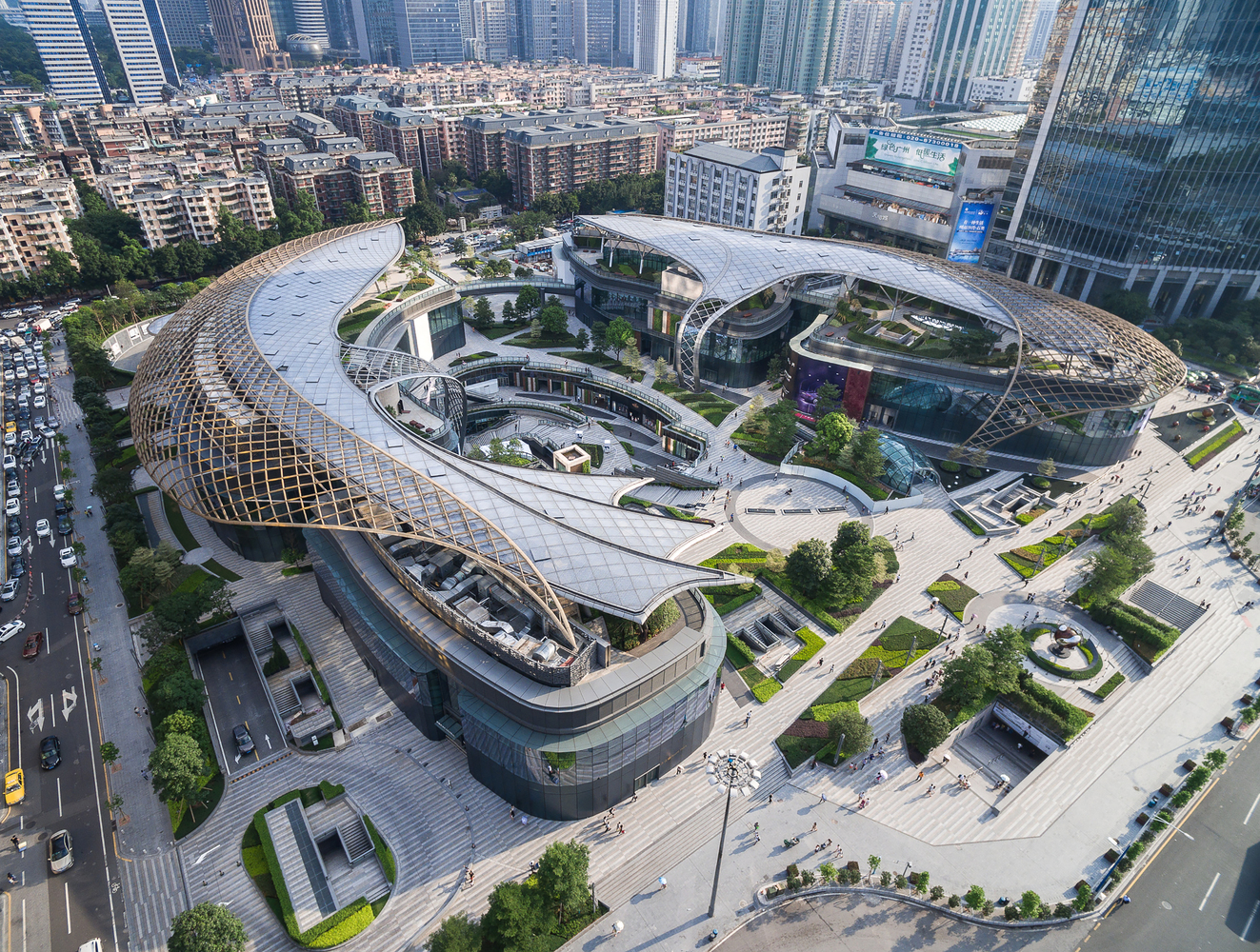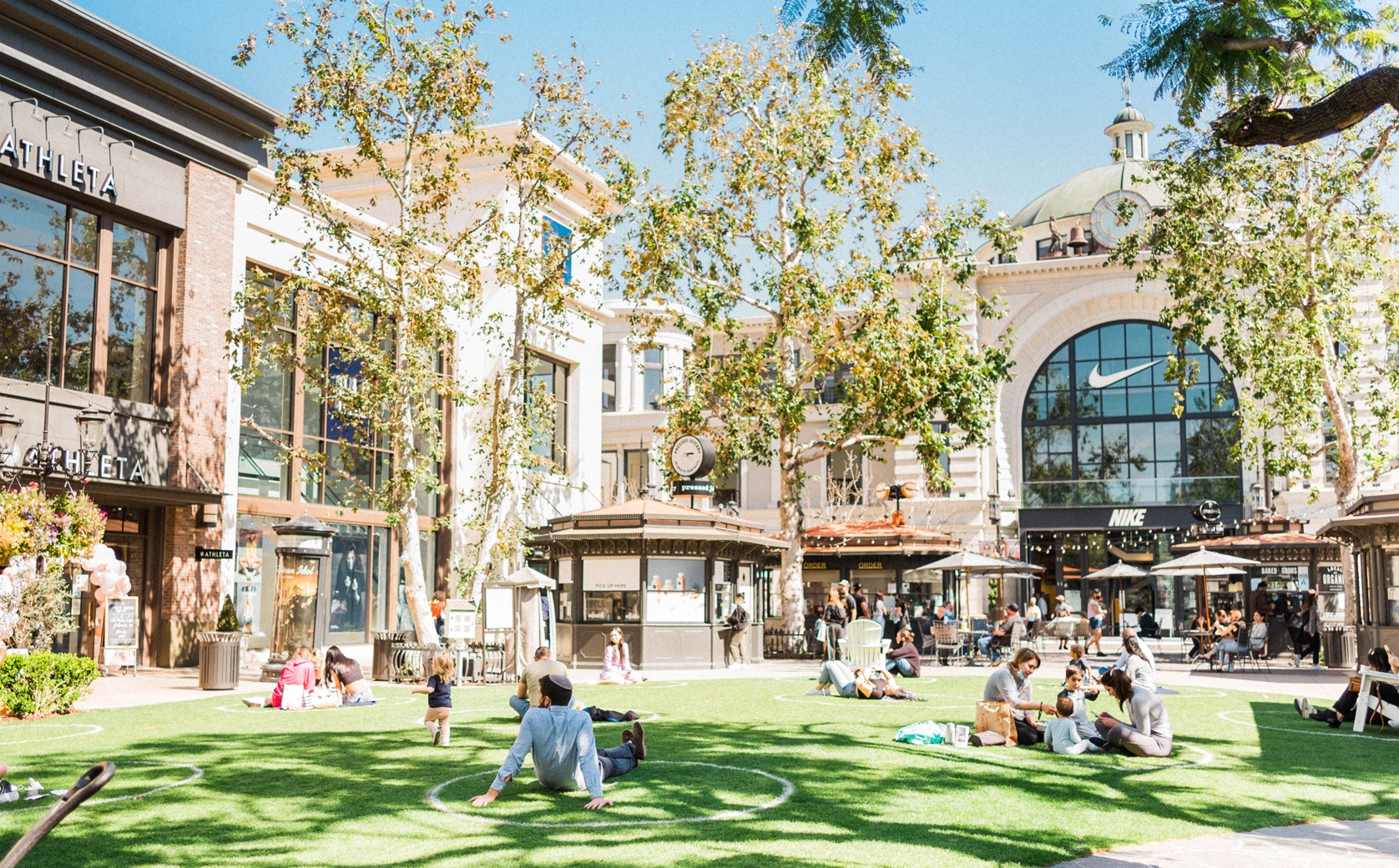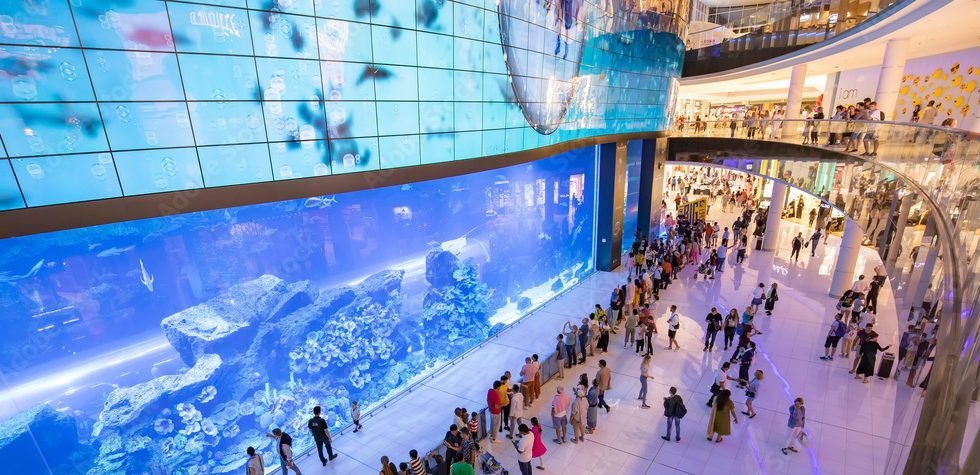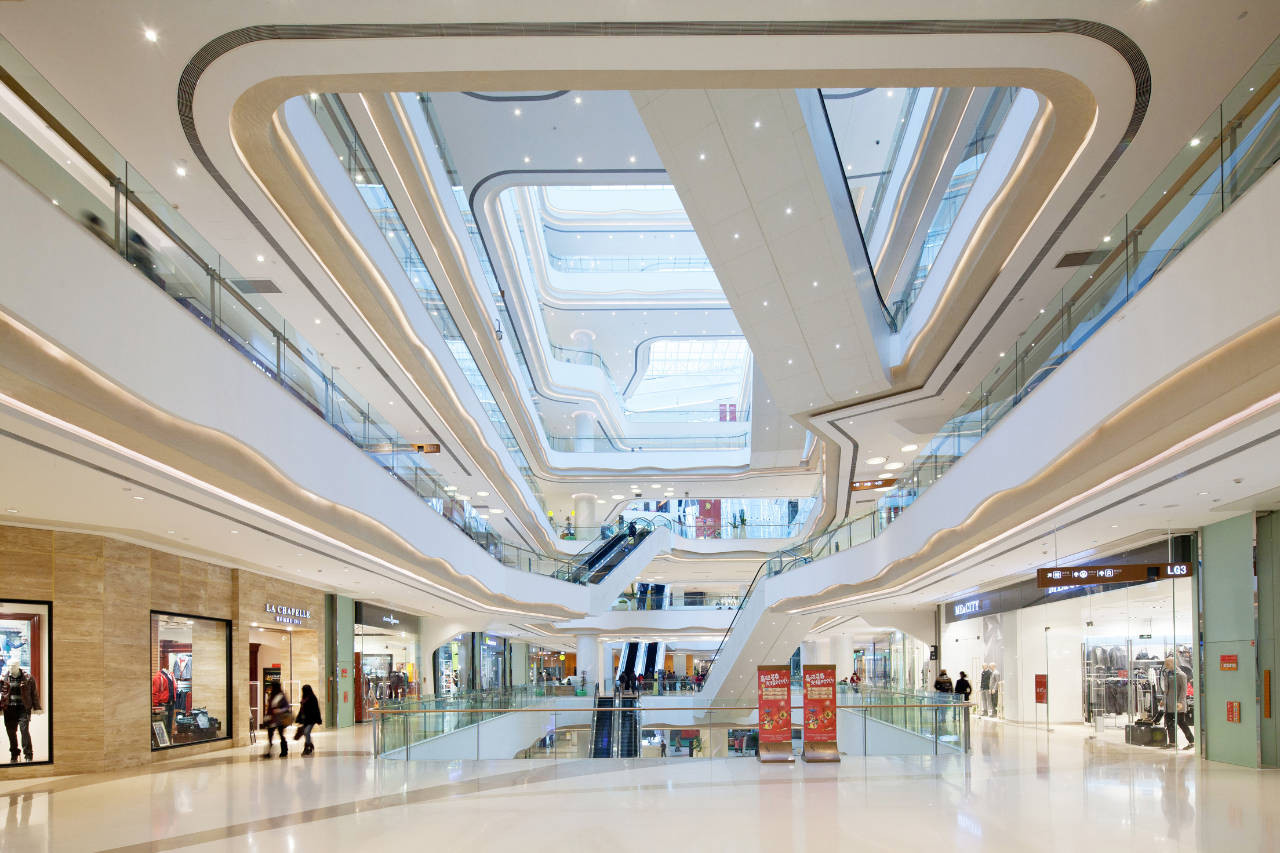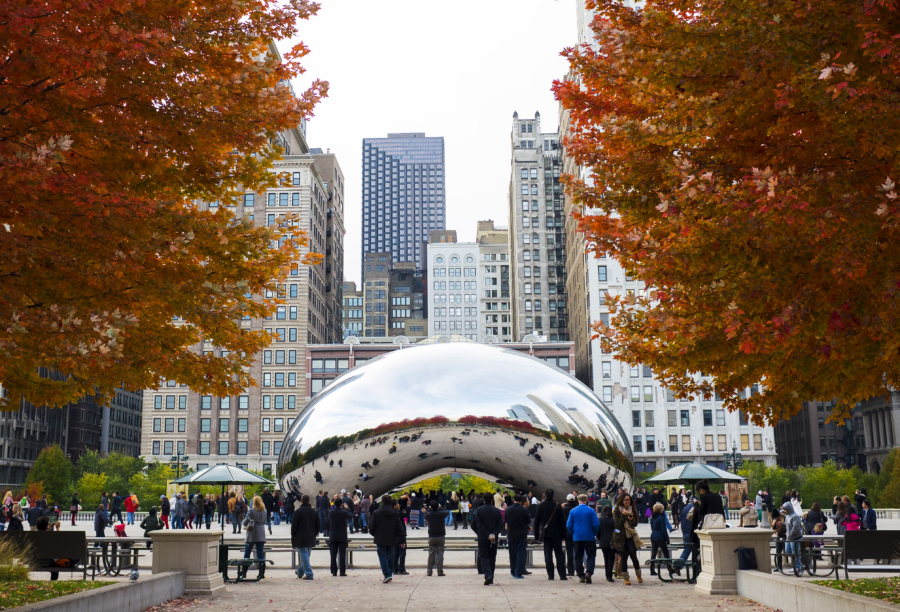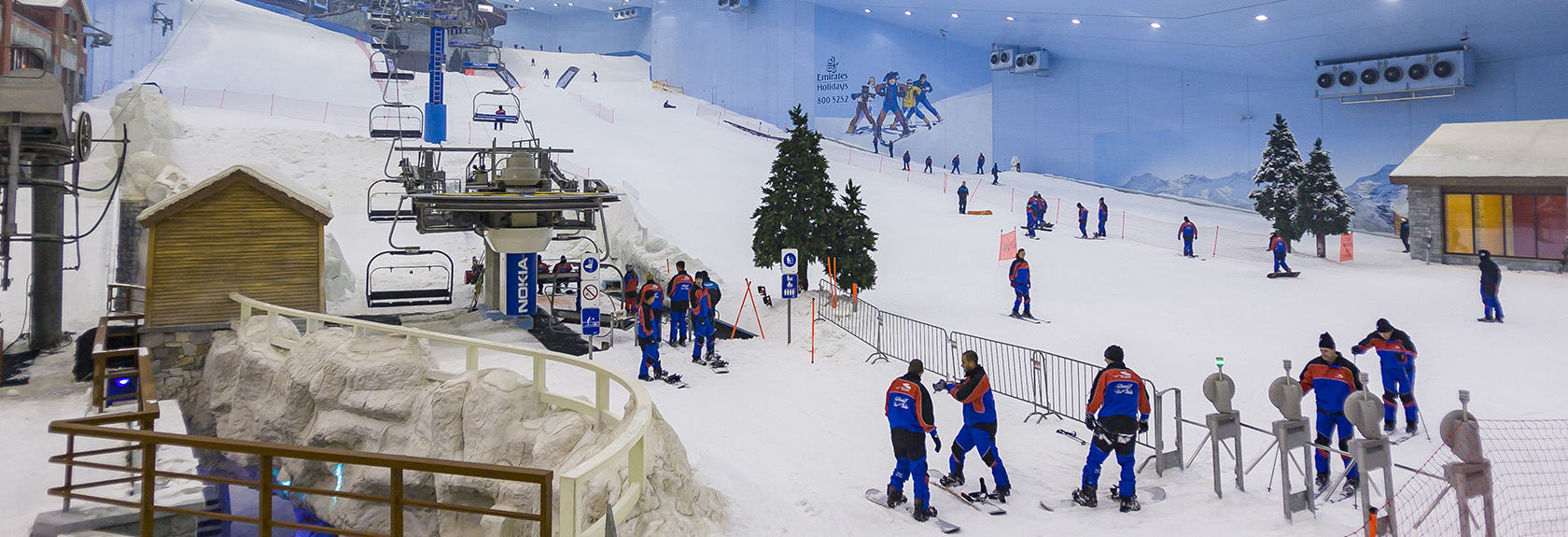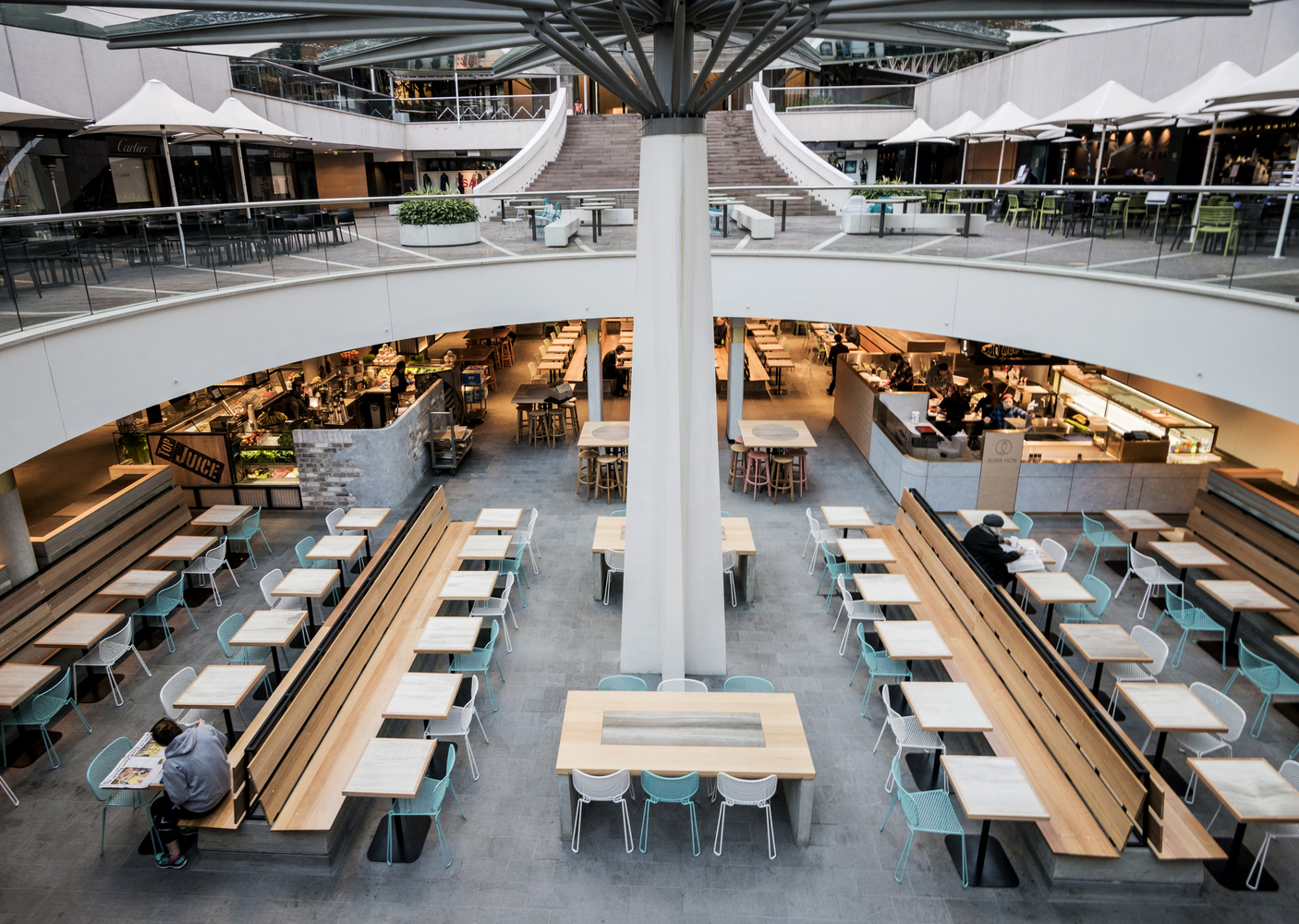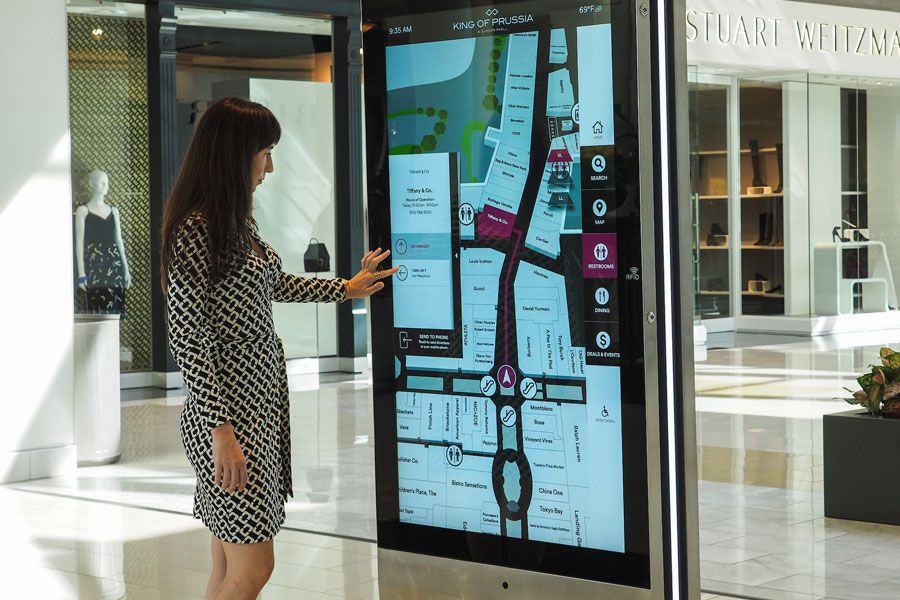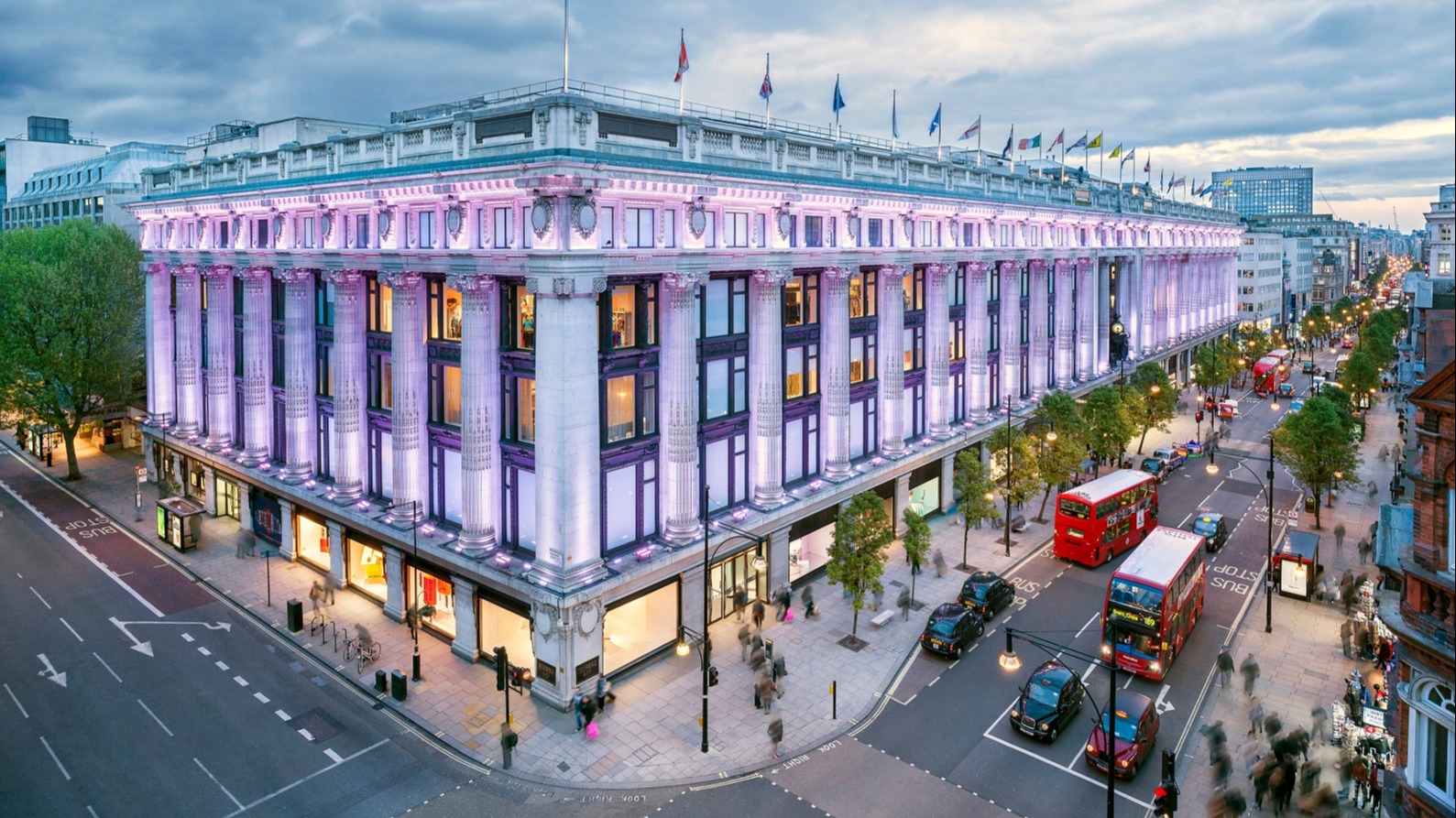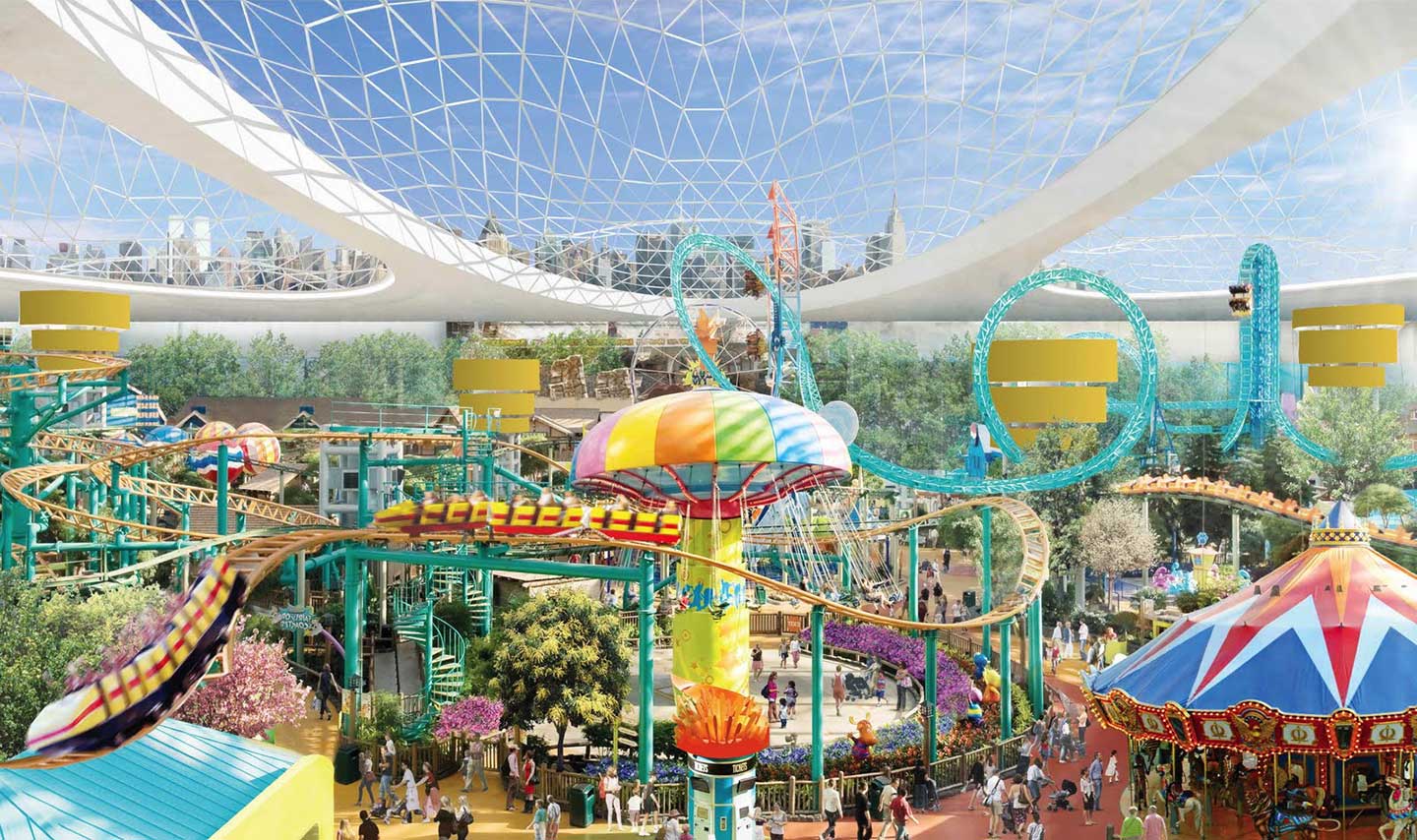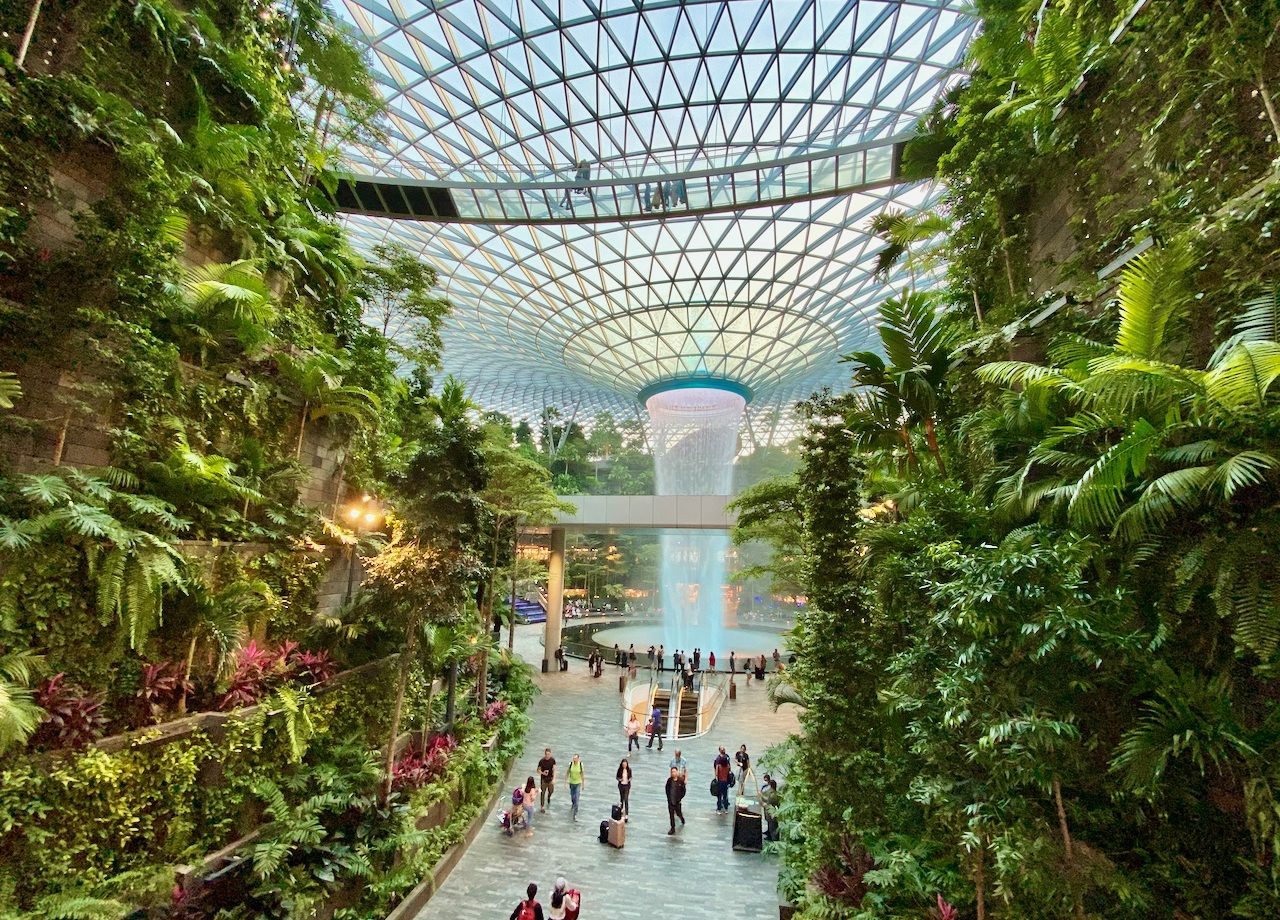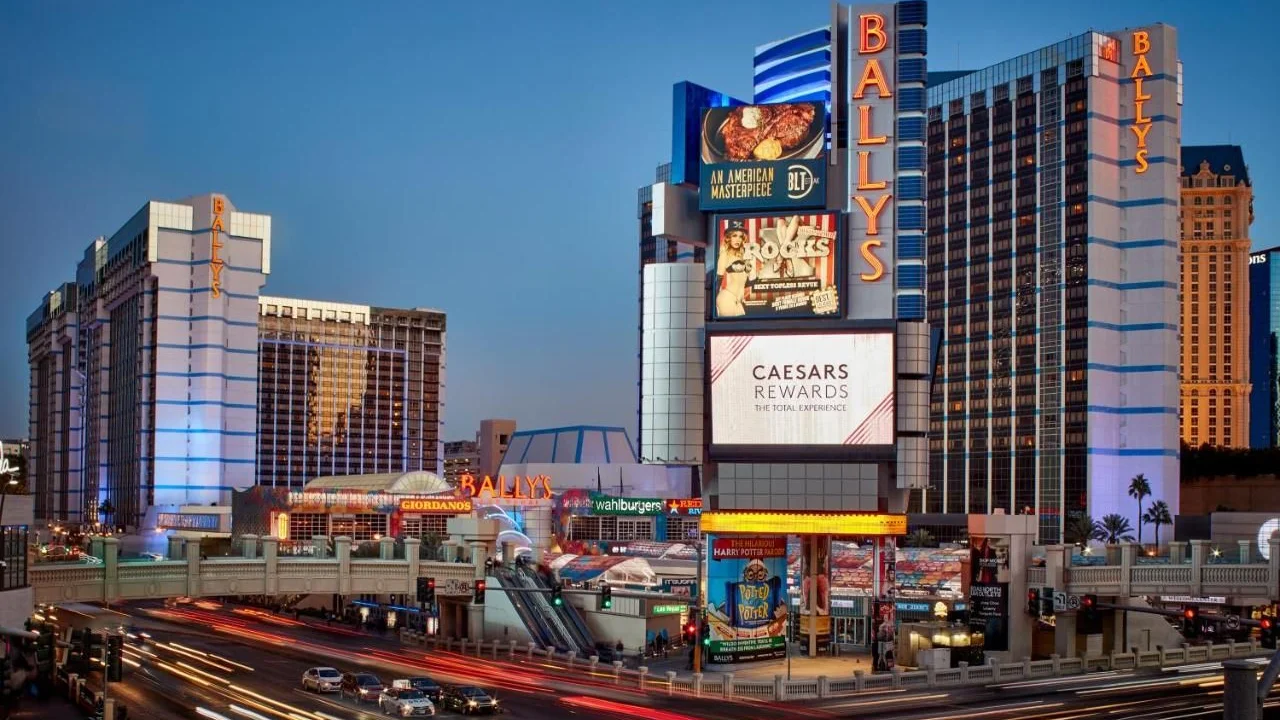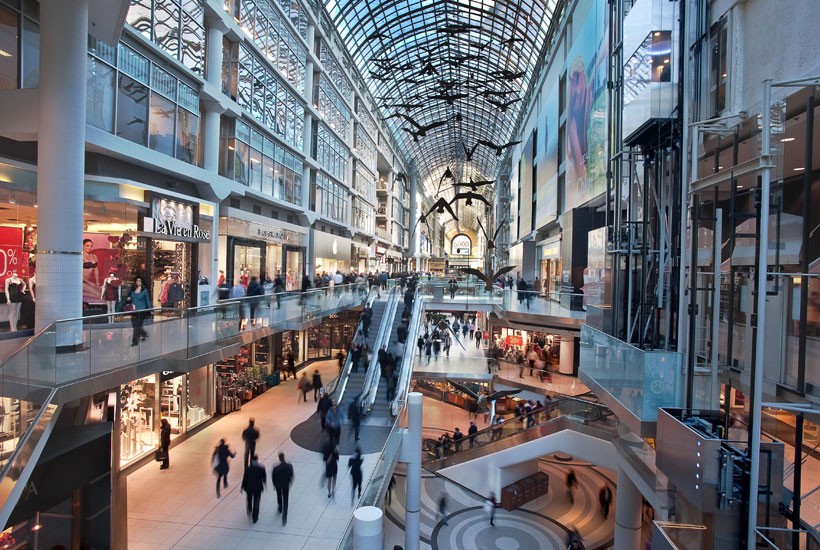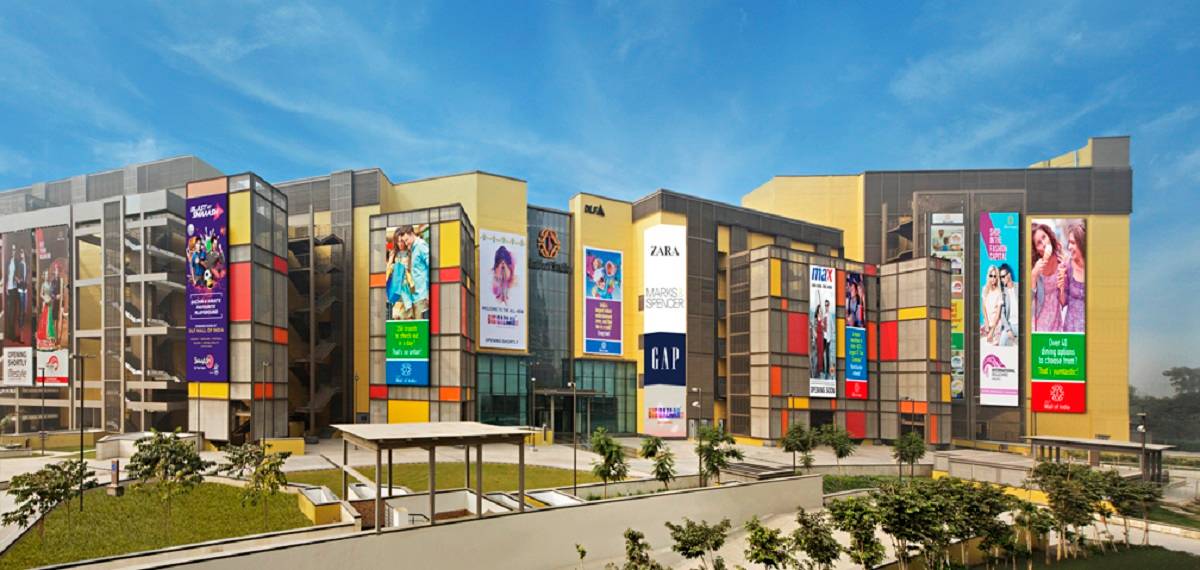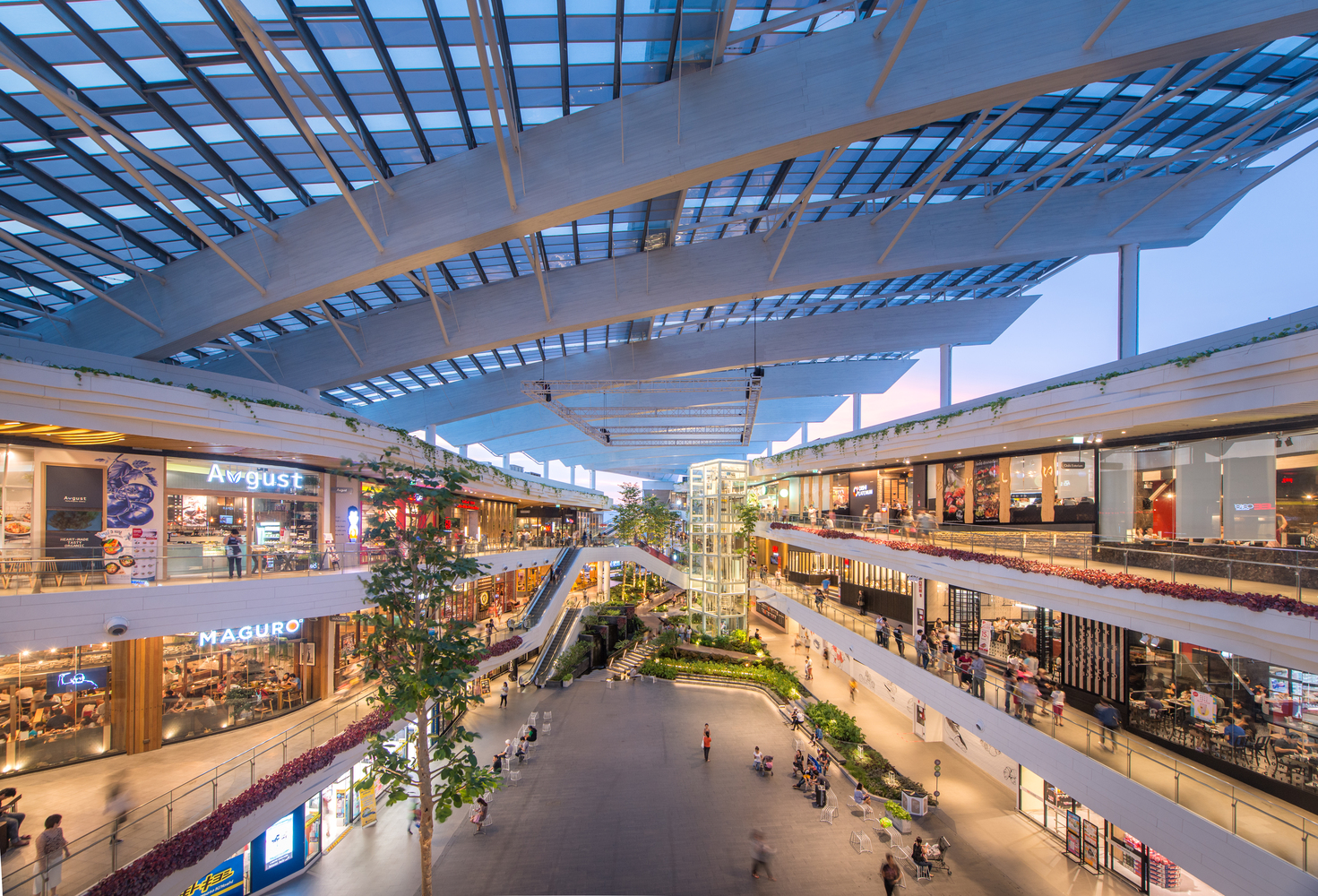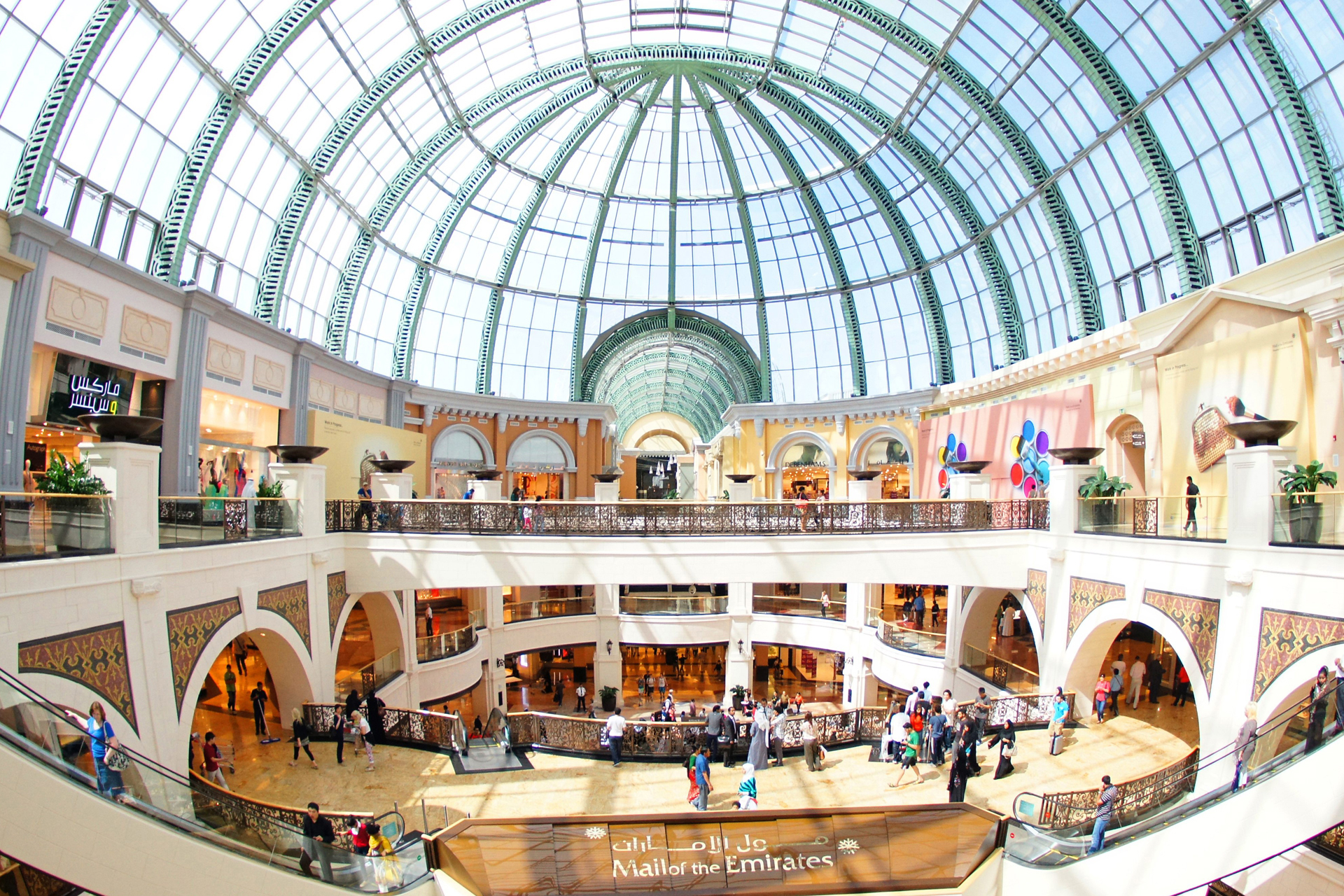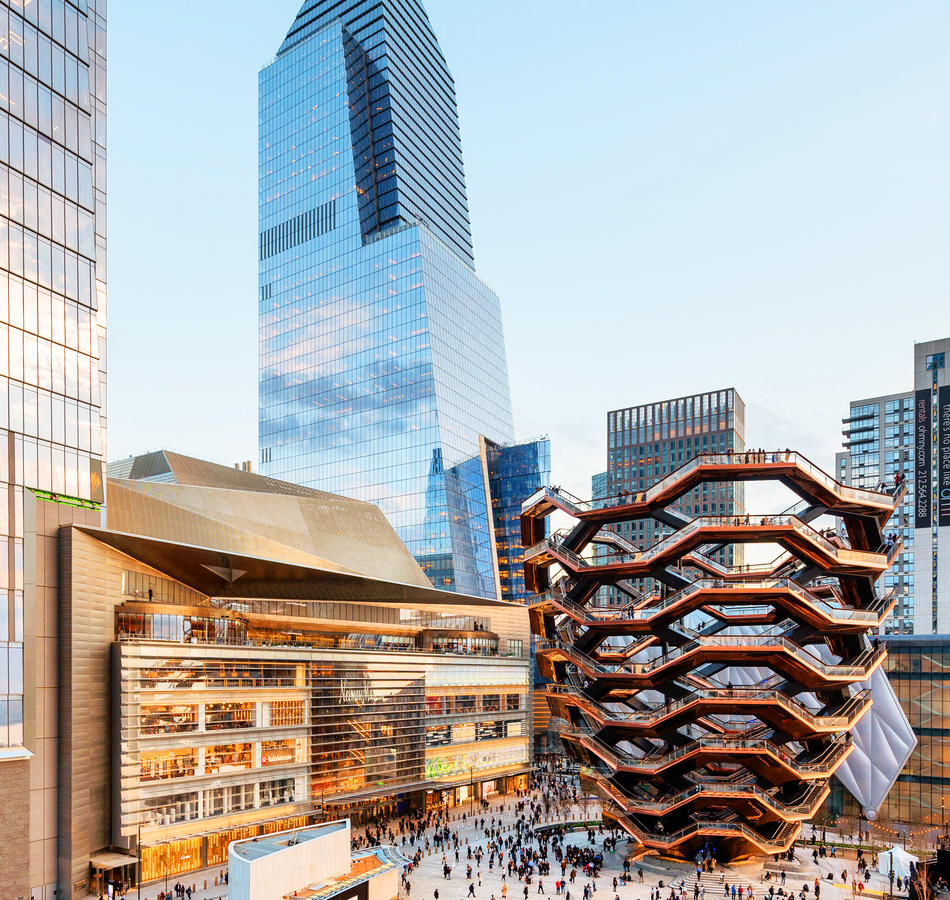In the ever-evolving retail realm, shopping malls are vibrant consumer culture epicenters where commerce, entertainment, and community converge. Designing these sprawling havens of experience is an intricate dance that requires a harmonious blend of aesthetics, functionality, and a deep understanding of human behavior.
In this article, we’ll embark on an exploration of the pivotal elements that transform mere brick and mortar into captivating destinations. From the artistry of layout planning that influences foot traffic flow to the strategic positioning of anchor stores that guide the shopping narrative, we delve into the essentials that architects, retailers, and enthusiasts must grasp to create thriving retail utopias. Join us as we unravel the secrets behind captivating mall atmospheres, immersive experiences, and the symbiotic relationship between architectural brilliance and commercial triumph.
Designing Shopping Malls: 10 Must-Have Mall Creation Insights
Whether you’re an aspiring designer, a seasoned retailer, or simply someone intrigued by the captivating charm of shopping malls, the following tips promise valuable insights into crafting spaces where shopping transcends mere transactions and transforms into an enchanting journey.
1) Entrance Elegance
First impressions matter, and shopping malls are no exception. A grand, inviting entrance sets the tone for the entire mall experience. Take the example of The Grove in Los Angeles, where a lush garden entrance welcomes visitors, making them feel like they’re entering a vibrant urban oasis.
2) Awe-Inspiring Atriums
Ah, the heart of the mall – the atrium. A soaring, open space bathed in natural light can be a game-changer. The Dubai Mall, with its breathtaking central aquarium, epitomizes this idea. It’s a mesmerizing focal point that draws shoppers in.
3) Wayfinding Wonders
Have you ever felt like a mouse in a maze? That’s what poor wayfinding can do to mall-goers. Effective signage, intuitive layouts, and landmarks like distinctive sculptures (think the ‘Bean’ in Chicago’s Millennium Park) help visitors easily find their way.
4) Sensory Havens
Shopping Malls aren’t just about shopping; they’re sensory experiences. Soothing sounds, pleasant aromas, and even tactile elements can create a multi-sensory wonderland. The Mall of Emirates in Dubai boasts an indoor ski slope, treating shoppers to the touch of natural snow.
5) Diverse Dining Destinations
Let’s talk about food, shall we? A mall isn’t complete without a diverse range of dining options. From food courts to upscale restaurants, the array satisfies various cravings. Take Sweden’s Mall of Scandinavia, which houses a mind-boggling 22 restaurants in its “Eats” section.
6) Tech-Savvy Integrations
In today’s digital age, malls must keep up with tech-savvy shoppers. Integrating smart technologies for seamless parking, interactive directories (like the Westfield Century City mall’s touchscreen maps), and even virtual fitting rooms enhances the overall shopping experience.
7) Retail Theater
Shopping is an art, and malls are the stage. Engaging displays, creative window dressings, and pop-up shops transform shopping into an immersive experience. London’s Selfridges takes this to heart with its ever-changing, visually stunning window displays.
8) Kid-Friendly Zones
Happy kids make for comfortable shopping. Incorporating play areas, child-friendly facilities, and even educational spaces like museums or workshops can turn shopping malls into a family haven. The Mall of America, with its Nickelodeon Universe theme park, is a prime example.
9) Green Retreats
Amidst the concrete jungle, a touch of green can be rejuvenating. Rooftop gardens, indoor landscapes, and even vertical gardens (check out Singapore’s Jewel Changi Airport) infuse shopping malls with fresh air.
10) Local Flair
Every mall has a unique story, and integrating local culture and artistry into the design can create a special connection with the community. The Grand Bazaar Shops in Las Vegas celebrates the city’s vibrant spirit with its dazzling blend of architecture and entertainment.
11) Social Spaces
Shopping Malls aren’t just about shopping; they’re about socializing too. Cozy seating areas, lounges, and event spaces encourage visitors to linger, connect, and make memories. Toronto’s Eaton Centre has a stunning urban park-inspired atrium that serves as a communal hub.
12) Accessibility for All
Designing with inclusivity in mind is a must. From ramps and elevators to sensory-friendly spaces for those with sensitivities, malls should be welcoming to everyone. Mall of India in Delhi even features braille signage and tactile paths for the visually impaired.
13) Sustainable Practices
With environmental concerns on the rise, sustainable design practices have become paramount. Incorporating energy-efficient lighting, recycled materials, and even renewable energy sources like solar panels showcases a commitment to a greener future.
14) Thoughtful Traffic Flow
Have you ever felt like swimming against the current in a crowded mall? A well-planned traffic flow prevents congestion and ensures a seamless shopping experience. The Mall of the Emirates in Dubai strategically separates its luxury and casual sections to cater to different shopper preferences.
15) Future-Focused Flexibility
Lastly, shopping malls should have room to evolve. Adaptable spaces for changing retail trends, emerging technologies, and shifting visitor preferences ensure that the mall remains relevant for years. New York’s Hudson Yards is designed with modular spaces that can transform based on needs.
In a nutshell, designing shopping malls is no small feat. It takes a keen eye for aesthetics, an understanding human behavior, and a deep commitment to creating a multi-sensory wonderland. From awe-inspiring atriums to sensory havens, diverse dining destinations to smart integrations, and everything in between, the tips shared in this article offer valuable insights into crafting spaces where shopping transcends mere transactions. By incorporating these must-have mall creation insights, architects, retailers, and enthusiasts can create thriving shopping malls that elevate the shopping experience and leave lasting impressions on visitors.
Bund Financial Center South Mall Interior Deisgn l Kokaistudios. © Terrence Zhang
© Terrence Zhang
© Thegrovela.com
© Adobe Stock
Starlight Place / Aedas. Courtesy of Aedas
The Bean by Anish Kapoor. © Choose Chicago
© Majid Al Futtaim
MLC Centre Food Court / Luchetti Krelle. © Michel Wee
© Acquire Digital
Photo courtesy of Selfridges
© Jersey Digs
© Velvet Escape
© Velvet Escape
© Pantages Hotel
© Address of Choice
Mega Foodwalk / FOS. © Rungkit Charoenwat
© Time Out Dubai
© Hudson Yards


